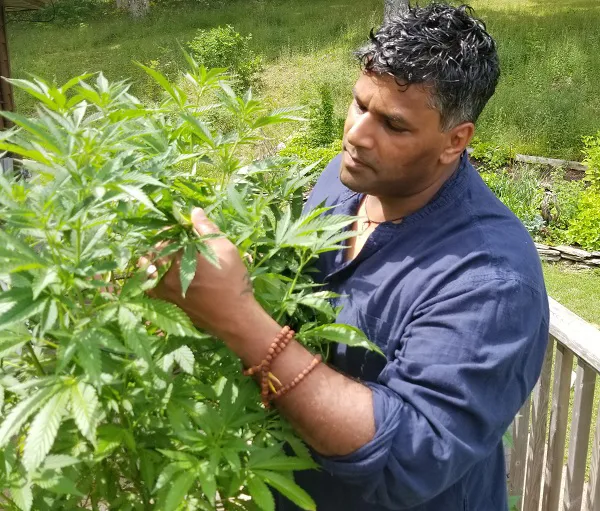There are many things of regulations that growers find limiting, but there is one in particular that is considered quite a pain in the neck: THC cap. Hemp growers especially are very much familiar with that, as straying just an inch away from that threshold would make the difference between a wasted and a successful crop. Many growers have found such a cap to be way too stringent, especially because growing outdoors would give little to no control over those conditions that promote THC development in plants. While solutions to that are starting to pop up – good, resistant genetics above all – there is a space where the THC cap might be more beneficial than a pain. Av Singh, founder and consultant with Flemming & Singh Cannabis, specifically refers to the medical, and especially the adult-use spaces.
A case for adult-use THC cap
Currently, Health Canada is going through a regulations review. Anyone can comment and send formal requests to Health Canada about that, and this is exactly what Av intends to do. He wants to propose to the Canadian regulatory body to implement a 25% THC cap for the entire cannabis industry (excluding hemp which he feels should be capped at 1% and not 0.3%)). “There are a few reasons why that would benefit the sector as a whole,” he says. “First of all, focusing all the efforts to produce one cannabinoid only is going to create less of a medicine for more people. In other words, some people find high THC flowers as medicinal for them, but the majority of people would actually benefit more from a much broader cannabinoid profile. This would stimulate more the cannabinoid receptors in the human body, and this is just one of the many ways in which this would make it a better medicine.”

Av’s argument is not only about the medical side of the industry, but also the adult-use space. “Those who look for intoxication could get a much better entourage effect if there’s a more balanced expression. With high THC flowers in excess of 25%, one gets uncomfortably numb for a short time, whereas at a lower THC and a more nuanced cannabinoid profile would make said intoxication more gradual without knocking you out.”
How the focus on THC potency influences the culture, and the market
Other than those physiological and phytological reasons, there is also another more cultural one. “We need more education around cannabis,” Av continues. “The more we push high THC cannabis, the more we will equate cannabis as a strictly recreational drug rather than a medicine.” Such a thing is of course critical to give a fatal blow to the stigma around cannabis. Yet, this would be only a consequence of more strictly horticulture-related choices. “Because we want that one molecule of THC only, we are shallowing the cannabis gene pool. We are selectively taking the broad genetic diversity of cannabis and just saving a handful of chemovars that seem to have a high level of THC. Together with that, we often deplete the reservoir of terpenes and lose the varied tastes and aromas of cannabis.”
The consequence of focusing on high-THC also affects the market, especially when it comes to giving value to cannabis flowers. “THC potency is becoming a means to commodify cannabis,” Av points out. “To put it differently, a cannabis flower with 28% THC is being deemed 4 dollars a gram more valuable than a cannabis strain that has 17% THC, despite the latter being, arguably a better medicine and to many a better end-user experience. We are arbitrarily putting our value on this one molecule, and making lower THC strains inaccessible for the majority of Canadians who self-medicate with cannabis. By putting a THC cap, growers will be more up to try different and more diverse chemovars. On top of this, it would give justice to the amazing breeders we have here. For instance, many LPs here in Canada have their own genetics bank, but they don’t really use it as the market focus is not on diversity.”
Thus, the point is to bring out other attributes uniquely proper of cannabis. “We have seen a parallel in traditional horticulture,” Av observes. “From an incredible, robust diversity of lettuces and tomatoes, it all got refined down to iceberg lettuce and the beefsteak tomato, for instance. Then, we realized we missed out on a lot of health benefits and tastes. This same thing is happening in cannabis, and the THC cap is a way to address that.”
